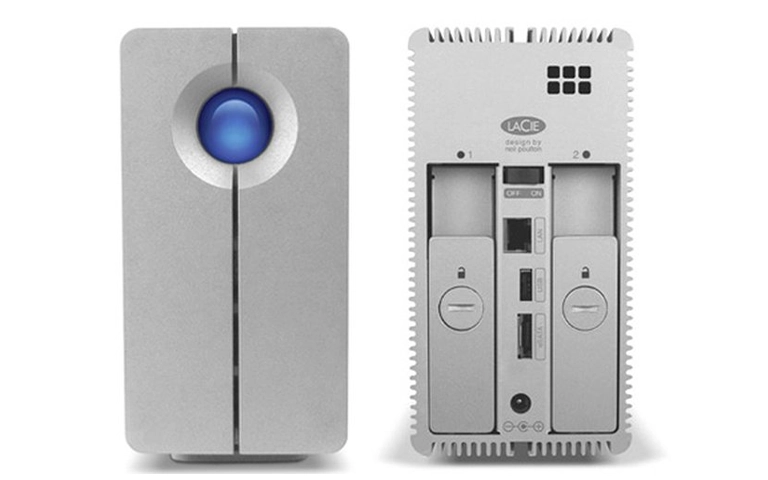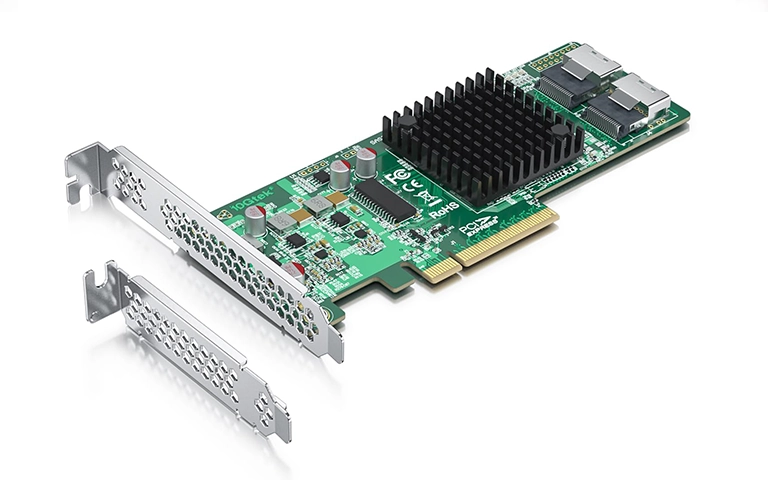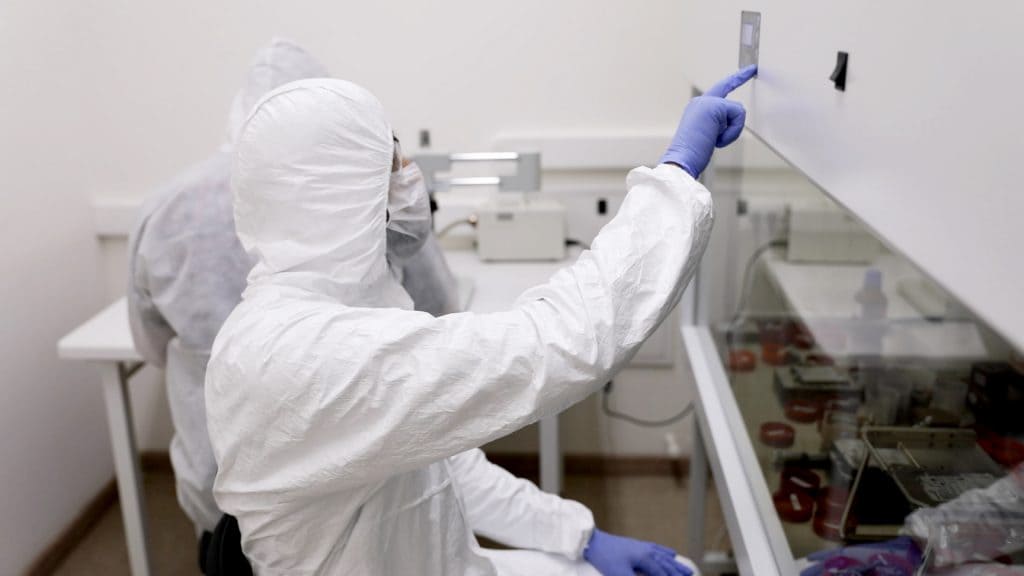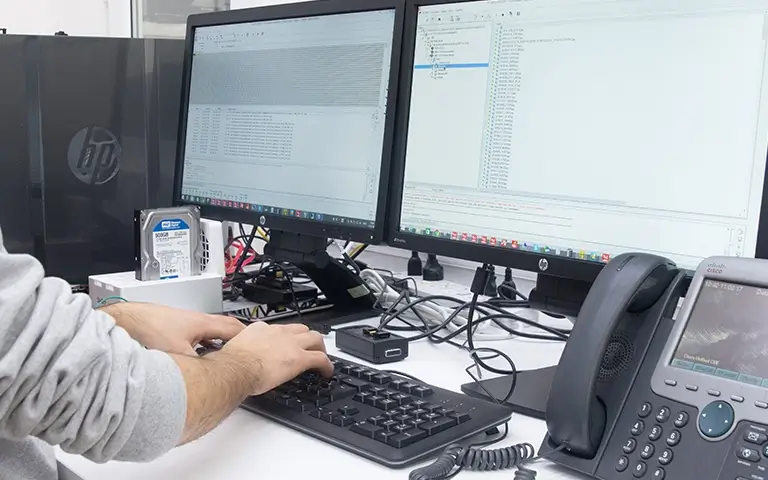When storage systems operate under extreme workloads, even reliable devices like LaCie NAS can fail.
Recently, our engineers received a case involving a two-drive LaCie NAS configured in RAID 0 that stopped responding after continuous heavy use. The customer had chosen this setup to improve performance, but the system eventually became inaccessible, leaving all files unreadable.
Recognizing the urgency, the client reached out to RAID Recovery Services for assistance. What started as an overload issue soon turned into a complex recovery involving both hardware and RAID controller damage.

Device Configuration and Failure Symptoms
The affected device was a LaCie NAS equipped with two 2TB Seagate Barracuda hard drives. The drives were configured in RAID 0, chosen by the client to improve read and write performance.
However, this setup does not provide redundancy. When one drive fails, all stored data becomes inaccessible.
After prolonged operation under high load, the system began showing irregular performance. Soon, the RAID volume disappeared from the operating system, and attempts to access files failed completely. The customer attempted a manual restart, but the NAS remained undetected.
For a deeper look at how RAID 0 compares to other configurations, see our guide on RAID 0 vs RAID 1.
Expedited Evaluation and Diagnostic Findings
After consulting with our support team, the customer selected our expedited evaluation service, which provides a full diagnostic report within eight hours. The device was securely packaged and shipped to our data recovery lab.
Upon arrival, our engineers began a detailed inspection in a controlled cleanroom environment. The following findings were recorded:
Drive Status: One drive remained fully operational, while the second showed severe PCB malfunction.
RAID Controller: The controller data was found to be corrupted, preventing the system from detecting the array.
Array Condition: The RAID 0 structure could not be automatically rebuilt due to missing parity and controller metadata.
These results confirmed that both hardware damage and configuration corruption caused the data loss. For similar diagnostic insights, explore our post on RAID Hard Drive Failure.

RAID 0 Recovery Process
Once the client approved the recovery, our engineering team initiated a multi-step process to restore access to the data. Every stage was performed with precision to ensure data integrity.
The functional drive was fully imaged, and a partial clone of the failed disk was created using advanced hardware tools to capture as much readable data as possible.
The damaged PCB was repaired temporarily to allow for short-term functionality. This step enabled the extraction of critical sectors needed to rebuild the RAID array.
Using the recovered metadata and array logs, our engineers manually reassembled the RAID 0 configuration, aligning stripe size and order to match the original setup.
The corrupted RAID controller parameters were rebuilt, allowing access to the logical volume and confirming full file structure recovery.
For a closer look at how to identify and address complex RAID issues, review our guide on Troubleshoot RAID Failure.

Data Verification and Result
After completing the reconstruction, our engineers verified the recovered data by comparing checksums and validating file integrity across both disks. All user folders, documents, and project files were fully restored.
The client participated in a remote verification session to confirm accessibility and accuracy of the recovered data. Once confirmed, the files were transferred to a new external drive and securely shipped to the customer.
Fast turnaround times for business-critical data
Key Takeaways from the Case
This LaCie NAS recovery highlights several important lessons for anyone managing high-performance storage systems:
RAID 0 has no fault tolerance. When one drive fails, all stored data is lost.
Excessive workload increases mechanical stress. Continuous heavy operation can lead to overheating and electronic damage.
Regular monitoring prevents critical loss. Early signs such as slower performance or missing volumes should be addressed immediately.
Professional evaluation is essential. Attempting to rebuild or repair a RAID without proper tools can make recovery impossible.
Learn more about common failure scenarios in our post on NAS Data Loss Causes.

Professional Help for NAS Failures
Recovering data from a failed NAS system requires technical skill and controlled conditions. In this case, careful handling and accurate parameter reconstruction made it possible to retrieve every file. Attempting recovery without professional tools could have resulted in permanent data loss.
If your LaCie NAS or any other RAID system has failed or stopped responding, trust RAID Recovery Services to help. Our specialists work with all RAID levels and NAS brands, ensuring fast, secure, and verified data recovery.
For more insight into restoring damaged arrays, explore NAS Failure and Recovery.
Trust the experts with proven results
Frequently Asked Questions
What causes a LaCie NAS to fail under heavy workloads?
Continuous high data transfer or large file operations can overheat components, stress the drives, and damage the RAID controller. Over time, this leads to read/write errors or complete system failure.
Can I rebuild a failed LaCie NAS RAID 0 at home?
No. RAID 0 arrays have no redundancy, and incorrect rebuild attempts can overwrite critical data. It is recommended to contact professionals like RAID Recovery Services to safely reconstruct the array.
How long does a professional NAS evaluation take?
Our expedited evaluation option delivers a full diagnostic report within 8 hours of receiving the device. Standard evaluations may take 1–2 business days depending on drive condition.
Is data recovery possible if one drive in a RAID 0 array fails?
Yes, recovery is often possible if the damaged drive can be partially read or imaged. Skilled engineers can rebuild the array using the functional drive and cloned data from the failed one.
How can I prevent NAS failures caused by overloading?
Monitor drive health regularly, schedule cooling breaks during heavy workloads, and back up data frequently. Using RAID configurations with redundancy, such as RAID 5 or RAID 6, can also reduce risk.